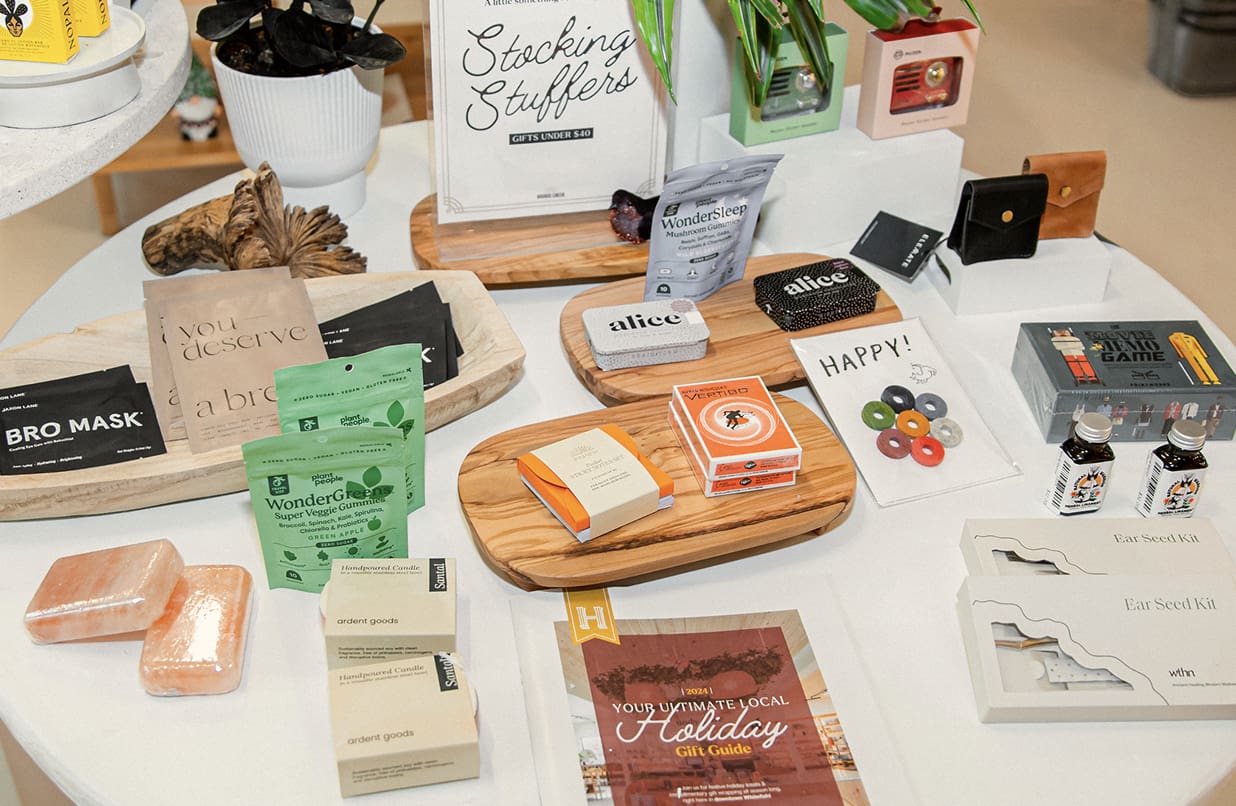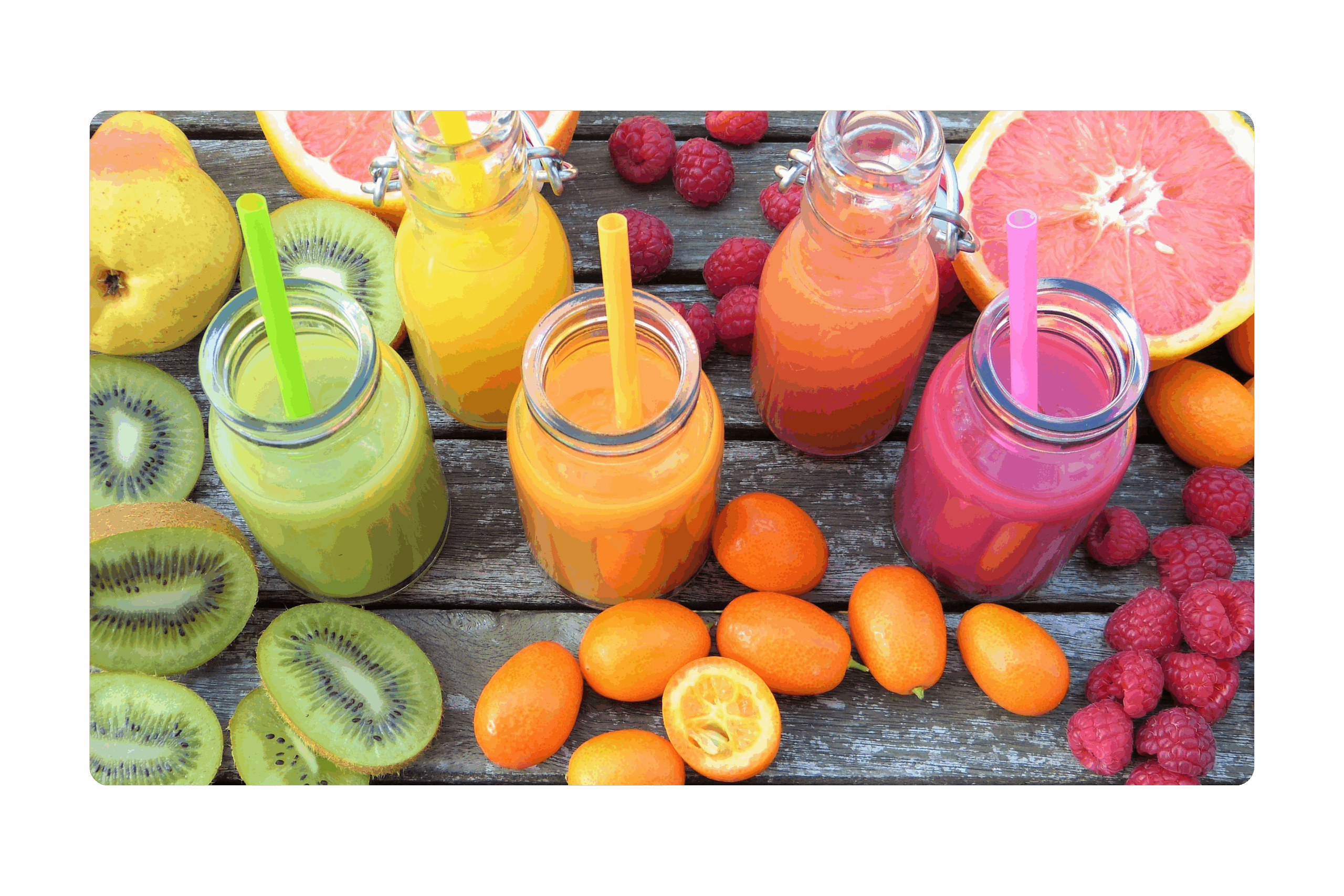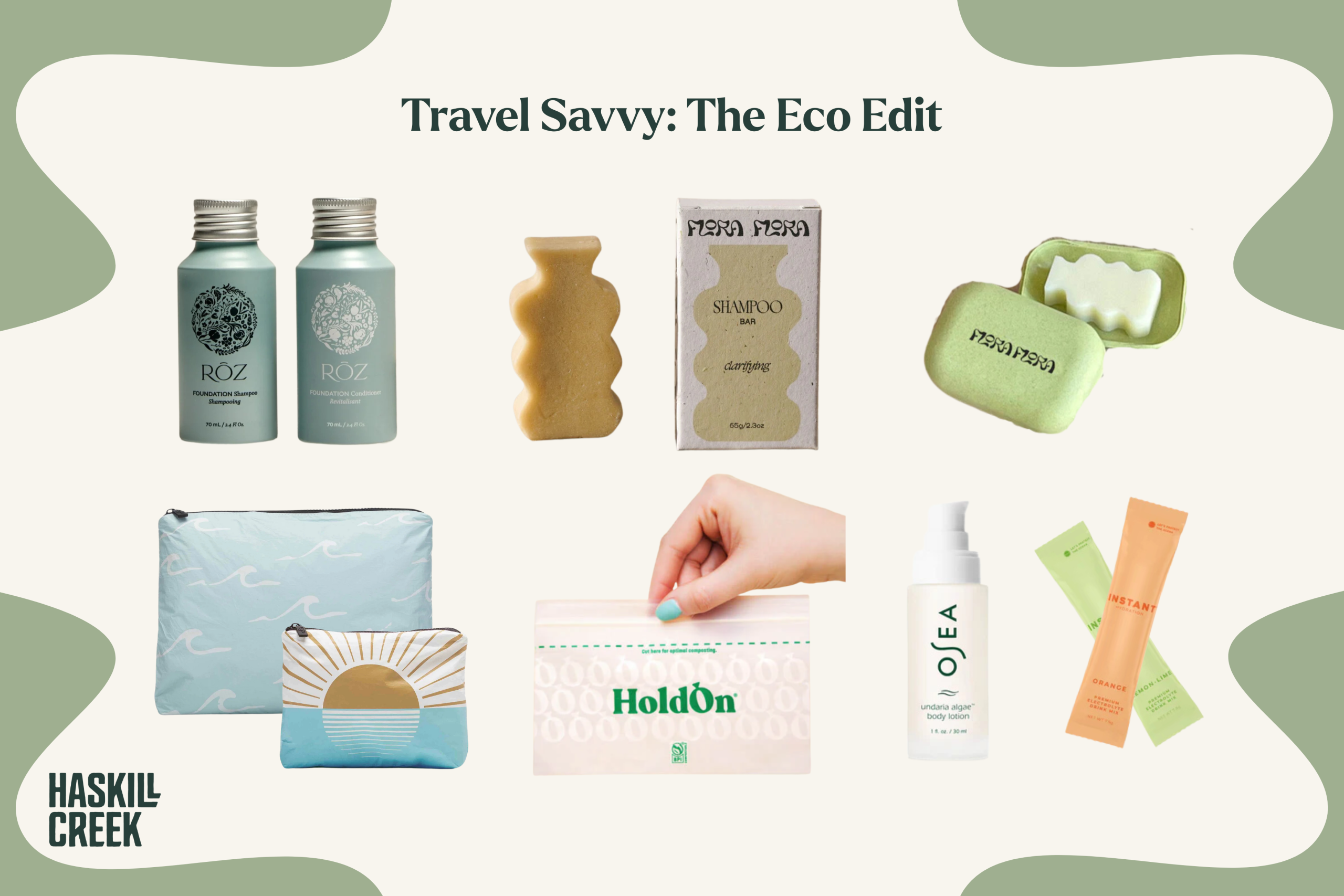Resolution Series 2025: Conscious Consumption

Our consumption habits cover a diverse range of categories, and consume a large part of our lives.
From a capitalist perspective, our identity as “consumers” includes our consumption of goods, such as food, beverages, personal hygiene products, and clothing. For the purpose of this resolution series, we’ll focus on our consumption habits of food, drink, and our surplus spending. We certainly don’t have to be perfect here, there is perfection in imperfection. But, we can optimize our consumption habits- in ways that nourish, support and fuel our body. With these tenets in mind, we can rest assured we are practicing self-care by choosing to consume things that offer a net positive effect on our body, vs. the short-lived payoff of indulgence. (although worth it sometimes)
This idea of conscious consumption involves getting into the habit of being mindful when we’re at that decision juncture. That all important moment between stimulus and response. For at the root of our consumption habits- is ultimately the power of choice. Fortunately, most of us can choose whether we reach for that beer, or reach for a seltzer. The path of least resistance may steer us towards the beer. But the difficulty lies in thinking a bit longer term. The cumulation of our repeated choices- it’s here that we can affect change. Breaking the chain of automatic consumption habits, with mindful consideration of other options.

Alcohol Consumption
With that in mind, there are many good reasons to try and cut back on alcohol. There is a growing movement of the “sober-curious”. As more and more people are reevaluating the shared reality of the all too convenient and socially accepted habit of alcohol. It only need start with a curiosity and a noticing of our own relationship with alcohol. No judgments here, just observation.
It’s an exciting time that this growing curiosity is stirring an evolution of Non-alcoholic (NA) options. Way beyond soda and seltzer, these options actually offer health benefits when drinking. So not only are you forgoing alcohol and the often unpleasant aftermath- but you are gaining adaptogenic support for say; your immune system and your brain functioning. A lot of the beverages are infused with healthy herbs and nootropics that can naturally calm (or energize) depending on the desired effect. It makes the exploration of alcohol alternatives- a thrilling adventure, with new options coming out around every bend.
We have an ever-expanding NA section at Haskill’s, from RTD (read-to-drink) options, to mocktail mixers for the at-home mixologist and everything in between. Check out our Non-Alcoholic wines, here and our NA spirits here.
Food Consumption
In the area of food consumption, there’s often a resolution to “eat healthier” in the New Year. This can include experimenting with an entirely new diet- from paleo and keto to mediterranean and blue zone approved. We’re all starting from different points, so it’s helpful to move at our own pace and still remember; that small improvements can lead to big change! This is especially true when it’s something in our daily routine. So, if our goal is to “cut back on refined sugar”… (a great goal for overall health and disease prevention)… Then it might look like cutting it out of our morning coffee. Or ordering “half sweet” on our lattes. (It's a thing!) If we have a soda habit, substituting with a low sugar sparkling water is a great idea. Changing our diet “mindset” may prove more effective than attempting a complete overhaul of our diet.
One viral dietician named Kylie Sakaida, has a refreshing message showing people her approach to eating well. For her, the most important tenet is that it’s not what you take out of a meal, but what you put in. Her dietician approved approach is focused on boosting the nutritional values of meals. It’s less about restriction and more about addition. This looks like adding vegetables, fiber, and protein to a meal or snack that would otherwise be lacking nutritional value. This helps create a more balanced foundation to your diet and instantly provides a nutritional oomph to something you were already set to enjoy. The addition of fiber and protein helps prevent blood sugar spikes and keeps you fuller longer. [1] Visit @nutritionbykylie to learn more about this approach and see it in action.
Another dietician-approved approach is by Illana Mulstein and is summed up as: “Delay, don’t deny”. This can look like eating something nutritional before your desired indulgence. Or perhaps drinking a glass of electrolytes beforehand. This can reduce the amount of what you were about to indulge in, or sometimes remove the craving altogether!. Visit her IG @ilanamuhlsteinrd or her website, offering consultations and nutrition courses.
Cooking at home can be a great way to better control the nutritional value of your meals. Plus, we now are learning about highly processed and refined cooking oils and their inflammatory aftermath. These include corn, soybean, canola, sunflower, and safflower oils. [2] When we eat out we usually can’t control what oils our foods are cooked in, or where and how the ingredients were sourced, (i.e if the vegetables are organic or the beef is grass-fed). Expanding your healthy fat cooking collection can instantly boost the nutritional value of your meals. At Haskill’s we love this superior quality Avocado Oil by Westbourne and carry many delicious Olive Oils by Enzo.
Bonus: Boost Metabolism
Conscious consumption can naturally lead to weight loss. But if you’re looking for a little more help in that arena, then giving our metabolism a natural boost is a complimentary approach. We have an entire blog devoted to strategies to naturally boost your metabolism. These include natural lifestyle changes as well as supplements we carry at Haskill’s that can help assist you on the journey. Check that out here.
Consumer Goods & Spending Habits
If you’re looking to cut back on your superfluous spending this year, this is another category where small changes can make a big difference in the long run. It can prove helpful to tease out expenditures into one of these categories: our wants vs. our needs. (If you’re like me these two can blur together.)
Generally, needs are things like:
-
Housing, transportation, insurance, gas/electricity, and food
While wants encompass things like:
-
Travel, entertainment, designer clothing, and coffeehouse drinks
If we’re in the habit of say- getting a daily latte- what if we cut a day or two out? Instead on those days, we substituted in the habit of making an at-home matcha! (Bonus benefits of drinking green tea too). If we eat out too often, maybe buy a cookbook that suits your dietary needs to inspire you to cook from home more often. If we fall easily into online shopping, try leaving the desired item(s) in the checkout for a week or two! At that time, if we still want it- (or need it!) perhaps it’s a justified purchase. This can help with the instant gratification that comes too easily with one-click checkouts online.
Investing in longterm “capsule wardrobe” pieces is another strategy. A capsule wardrobe is one where you invest in staple, interchangeable pieces that can be worn for multiple occasions. There may be more cost initially, but you are investing in higher quality, longer term pieces. Refraining from falling into the “fast fashion” trap, (even if it’s a steal of a price!) can reduce consumption and minimize waste that ultimately ends up in the landfill.
Oftentimes planned trips to Target or Costco and the like, can have you spending on unplanned things “you didn’t know you needed”. Try making a list- and sticking to it- it may be just the dose of structured self-discipline you need. You can even reward yourself if you stick to the list without falling prey to impulse buys. Just a simple reward, like getting that latte.

Sign up for our newsletter!
Join to get the Haskill Newsletter and be the first to learn about new products, events, and other goings-on at Haskill Creek!









